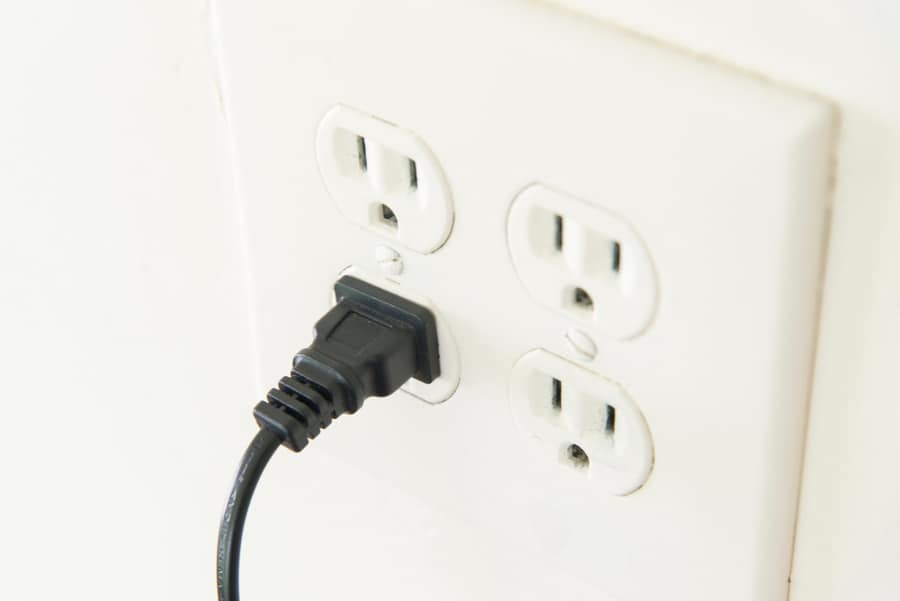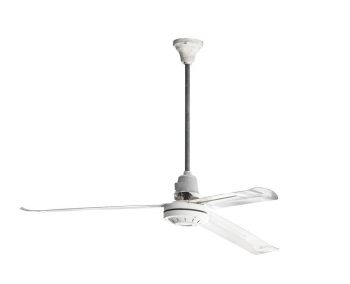
We rarely think about outlets, they are there when we move in, and we hope nothing is wrong with them.
However, like most things, there are different kinds of outlets. One such type is labeled with the abbreviation TR. What does it mean?
Outlets labeled with “TR” are Tamper-Resistant Outlets. Tamper-Resistant Outlets prevent children from shocking themselves by sticking something in an outlet.
TR Outlets accomplish this by having spring-loaded covers inside the outlet, which only move when something is inserted into both holes simultaneously.
Please keep reading for more facts about TR Outlets and how they match up to other child-proofing solutions on the market.
How a TR Outlet Works

A TR Outlet works by having spring-loaded shields inside the outlet. These shields cover the electrical contacts and only retract when something is pushed into both holes evenly.
This means a child attempting to insert a key, pin, or other commonly used objects into the outlet cannot reach the live charge. This prevents electrocution and its associated dangers.
3 Reasons To Install TR Outlets
TR Outlets may be slightly more expensive, but you should install them in your home for several reasons.
1. They Are More Effective for Childproofing

Tamper-Resistant Outlets routinely outperform other childproofing measures for several reasons.
Defeating Them Is Unintuitive
Tamper-Resistant Outlets are more difficult to defeat than alternatives, as a child must simultaneously insert an object into both parts of the outlet. Not only is it unlikely they’d see their parents do this (and thus imitate), but it is also not instinctual when investigating the outlet.
In contrast, other child-proofing measures are removed routinely by parents, which is enough to teach a child how to defeat them. Alarmingly, studies showed that 2-4-year-old children could defeat these more traditional child-proofing measures in less than ten seconds.
No Risk of Human Error
Finally, other Child-proofing methods are prone to human error. For example, it is not uncommon for an exhausted or distracted parent to forget to replace an outlet cover after using the outlet. TR Outlets, in contrast, become childproof as soon as the plug is removed.
2. They Are Often Also Weather Resistant

Making a TR Outlet a WR outlet is very simple, which further increases the price a company can sell it for. As a result, many TR Outlets are also WR, which means they are less likely to break in moisture.
3. They Increase the Value of Your Home

Finally, TR Outlets can increase the value of your home. The combination of initiatives to require TR outlets as well as concerned families buying homes means that Tamper-Resistant Outlets are a desirable feature.
Takeaway
If you see TR etched into an outlet, the outlet is Tamper-Resistant. Tamper-Resistant Outlets prevent children from hurting themselves by sticking things into outlets.
The outlet has spring-loaded shields inside it that retract only when something is pressed into both holes at the same time.
Frequently Asked Questions
Should Those Without Children Install TR Outlets?
While installing Tamper-Resistant Outlets may not seem necessary if you don’t have children, it can still be a good choice for a couple of reasons:
- First, you might decide to have children at a future date.
- A child may visit your home.
If these don’t apply to you, consider the following instead:
- You are not the only person who will ever live in your house, and TR Outlets increase resale value.
- TR Outlets are often WR Outlets, which means they are water-resistant.
Are TR Outlets Required?
There is a push to require TR Outlets in some states. Proponents argue that this simple change to the building code could prevent electrocution injuries in children.
To see if a TR requirement has been adopted where you live, refer to the latest version of applicable building codes.
Are TR Outlets Expensive?
Tamper-Resistant Outlets are more expensive than traditional outlets. A TR outlet is usually 300% of the price of a traditional one.
However, because traditional outlets have such a low price, TR outlets are still quite affordable. At the time of writing, a traditional outlet costs about two dollars, while a comparable TR outlet costs six.
Should I Use Covers With a TR Outlet?
Covers aren’t necessary to get the benefits of a TR Outlet. However, if you are anxious for maximum protection, use another baby-proofing method with a TR Outlet without ill effect.












